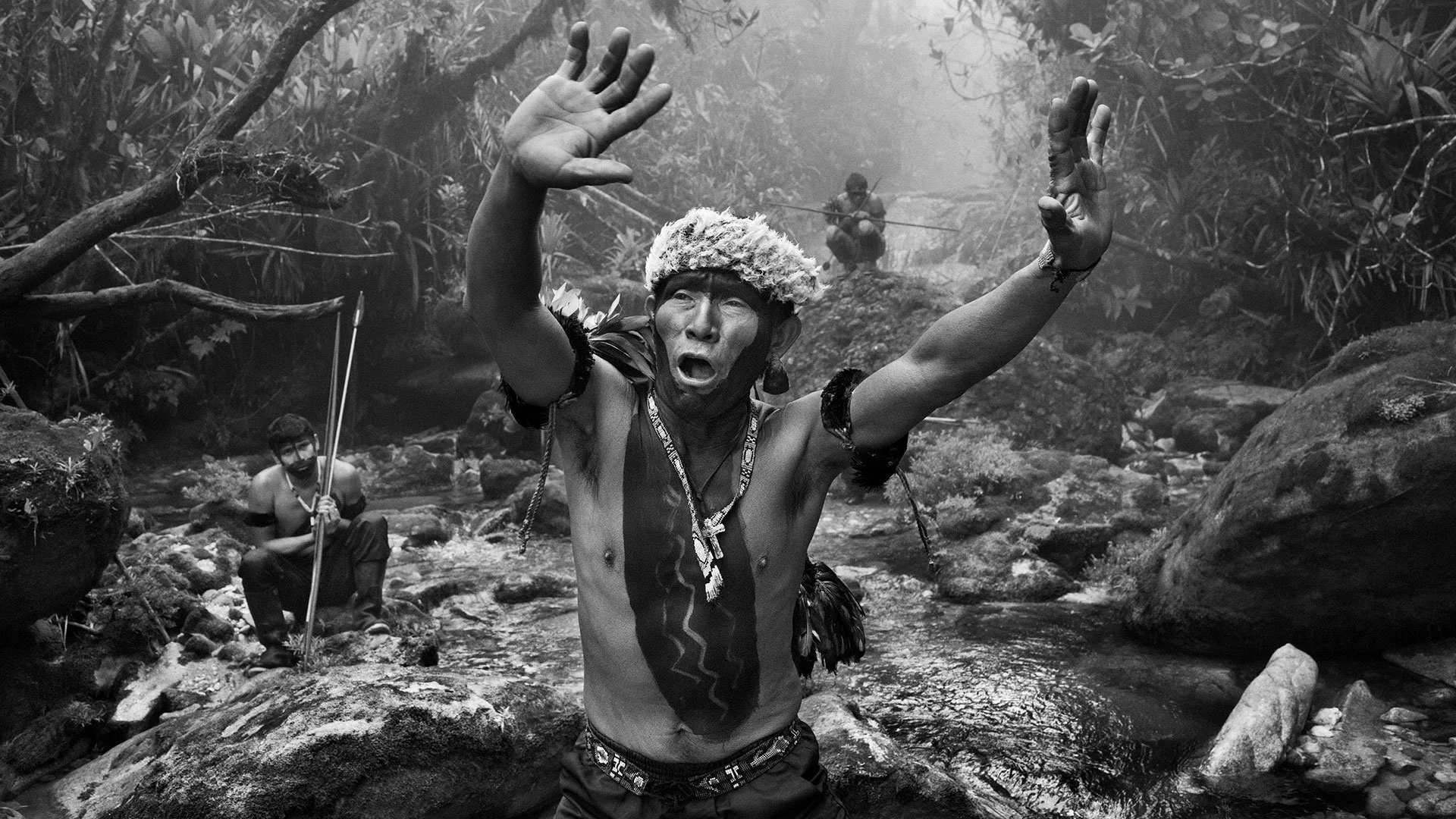From Our Archives: Karine Laval
Karine Laval. Poolscapes, poolscape 27.
MARC PITZKE: During that nomadic life, did photography help you find your bearings and make sense of your ever-changing surroundings?
KARINE LAVAL: Yes. Photography is still a way to situate myself somehow and also to relate to the place where I am and the people around me. At the same time, it can create a barrier too. When you take pictures, you don't necessarily enjoy the full experience. The experience is mediated by the camera. But for me, it's more of a connector in a way. That's why I loved working with the Rolleiflex camera when I started with it. With a Rolleiflex, you don't really put the camera in front of your face. You look down. It was an amazing discovery: I could still relate and interact with the subject. I didn't have to hide my face and my gaze—my eyes behind a box. With the Rolleiflex, I can almost be even more present, focus my energy. Especially with the pools, it was a way to be even more present. I spent hours observing. It was a slow process.
Karine Laval. Poolscapes, poolscape 62.
MARC: So why pools?
KARINE: That was kind of accidental. In 2002, I had just gotten my first Rolleiflex. I went to Barcelona on vacation, and I've always been into water. I need to be near water. So I was looking for a pool in Barcelona, and there is an outdoor pool in La Barceloneta near the beach. I went and started to observe the activity around the pool through my camera. I was laying down and was kind of vaguely looking and observing and thought, “this is an interesting angle to see all this repetition of gestures around the same set.” It reminded me of playing theatre when I was young.
MARC: Would you say that for you, pools are reminiscent of stages?
KARINE: Yes, it's like a stage. I'm also very fond of contemporary dance. I saw similarities to that. Then I started to shoot people coming in and out of the frame. I didn’t really move the camera. I just let people come in and out, and I was waiting for interesting expressions or body juxtapositions with the urban landscape around it. The body became almost like a sculpture and a part of the landscape.
For the full version of Karine Laval’s interview, check out ISSUE NO. 20 - MOTION.








